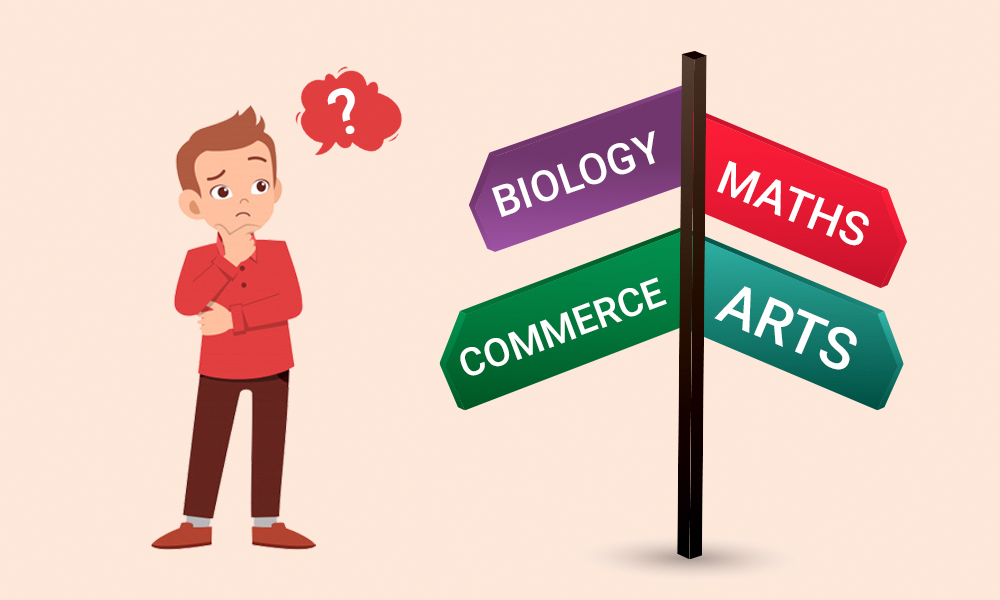Artificial Intelligence (AI) has always been a big topic of discussion. The machine intelligence phenomenon has already begun its integration with every sector, including the education system. Educationalists anticipate the role of Artificial Intelligence, in the education sector, to increase dramatically in the next few years.
Not only does AI have the capacity to transform the existing automated management systems, which automate administrative operations at the institution level, but it also has the ability to transform conventional teaching and learning methods technologically. It does this by seamlessly integrating with eLearning tech and online Learning Management Systems (LMS), to introduce educational technology, such as Virtual and Augmented Reality in classrooms, which provide real-time teaching and learning experiences to students as well as teachers.
Global adoption of technology in education is transforming the way we teach and learn. Artificial Intelligence is one of the disruptive techniques to customize the experience of different learning groups, teachers, and tutors.
This is how Artificial Intelligence tools may be applied to improve study processes:
1. Personalize Education
Artificial Intelligence helps find out what a student does and does not know, building a personalized study schedule for each learner considering the knowledge gaps. In such a way, AI tailors studies according to student’s specific needs, increasing their efficiency.
To do it, many companies train their AIs, armed by the Knowledge Space Theory, to define and represent the knowledge gaps, taking into account the complexity of scientific concept's relations between each other (one can stimulate the learning of another or become a basis for filling in the gap).
2. Produce Smart Content
-
Digital lessons
Digital learning interfaces with customization options, digital textbooks, study guides, bite-sized lessons, and much more can be generated with the help of AI. -
Information visualization
New ways of perceiving information, such as visualization, simulation, and web-based study environments, can be powered by AI. -
Learning content updates
Besides, AI helps generate and update the content of the lessons, keeping the information up to date and customizing it for different learning curves.
3. Contribute To Task Automation
Administrative tasks simplification: grading, assessing, and replying to students is a time-consuming activity that could be optimized by the teacher using AI.
4. Tutoring
Continuously evolving personal study programs take into account students’ gaps to fill during individual lessons. Personal tutoring and support for the students outside of the classroom help learners keep up with the course and keep their parents from struggling to explain algebra to their kids. AI tutors are great time-savers for teachers, as they do not need to spend extra time explaining challenging topics to students. With AI-powered chatbots or AI virtual personal assistants, students can avoid being embarrassed by asking for additional help in front of their friends.
5. Ensure Access To Education For Students With Special Needs
The adoption of innovative AI technologies opens up new ways of interacting with students with learning disabilities. AI grants access to education for students with special needs: deaf and hard of hearing, visually impaired, people with ASD…
Artificial Intelligence tools can be successfully trained to help any group of students with special needs.
Benefits Of AI For Students
24/7 Access To Learning
With AI helpers based online, students always have access to learning. They are free to plan their day without being linked to a specific place. They can study on the go, at any place and time they want. They can build their schedule based on their most productive hours.
Better Engagement
Individualized schedules, custom tasks, interaction with digital technologies, and personal recommendations are part of the personal approach each student gets using AI. Besides, a personal approach helps students feel special, increasing their engagement and raising interest in studies in such a way.
Less Pressure
Lessons tailored to the needs of different learning groups allow students to stop comparing them to each other. Earlier, a student should have asked a teacher for help in front of the class. Now, it’s enough to type a query using a personal virtual assistant and get an instant explanation.
These opportunities offered by AI tools make personal progress come to the fore, reducing the pressure in the classroom. Less pressure means less stress and more enthusiasm to study.




